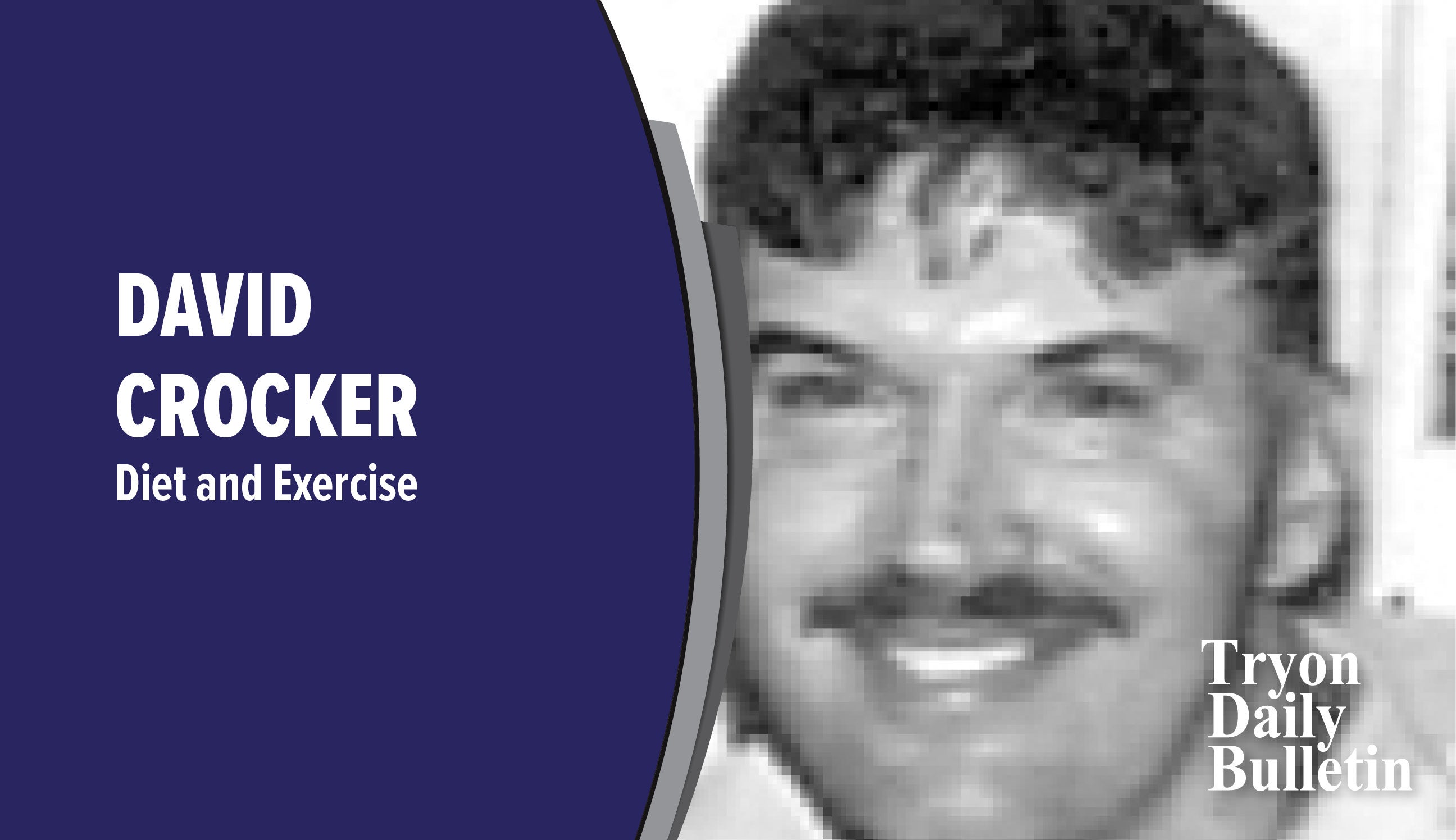Separating nutritional fact from fiction
Published 12:06 pm Tuesday, May 23, 2023
|
Getting your Trinity Audio player ready...
|
When it comes to nutrition, it isn’t that there aren’t enough particulars, to the contrary, there’s more than enough information, and unfortunately, much of it is just plain false.
So let’s cut through some of the confusion, dispel some nutritional myths and separate fact from fiction.
All fats are unhealthful: While it’s true that saturated fats found in meats and dairy do have unhealthy effects, such as raising blood cholesterol levels and contributing to arteriosclerosis and coronary disease, healthy dietary fats provide many healthful benefits. Unsaturated fats like those found in fatty fish, avocados, chocolate, olive oil, nuts and seeds are essential for brain function and hormone production.
Eating late at night leads to weight gain: The notion is “you sit around late in the evening, so anything you consume, just turns to fat.” That’s just not true, and here’s why: to completely digest and utilize the foodstuffs you eat, the gastrointestinal tract must have constant, unimpeded blood flow, which doesn’t happen while physically active. However, barring gastrointestinal issues, during sleep the GI tract can receive all the blood flow needed for thorough digestion, actually preventing excess weight gain. Also, during REM and stage 4 sleep, the body is in a state of repair and recovery, with all the nutritional building blocks present.
All calories behave equally: All calories are equal, but their effect on the body is not the same. For example, protein requires more energy to digest than carbohydrates or fats because of a process referred to as the “thermic effect of food.” In other words, protein molecules are more complex than those of carbohydrates or fats, so breaking them down to their individual amino acids requires greater caloric expenditures.
Eating healthful foods is more expensive: Organic ingredients and gluten-free foods can be more costly, but it is possible to create a healthful meal plan on a budget. Some folks think processed and convenience foods are cheaper, but their true cost comes in the form of processing and waste. Particularly, you’re paying for packaging and the edible food that is discarded if it isn’t the right shape, size, or color for the convenience process. Instead, focus on unprocessed foods such as fruits, vegetables, whole grains, legumes and lean proteins.
Detox diets cleanse the body: Toxins in the body come in two forms. Endotoxins are byproducts the body actually produces, such as lactic acid and urea. Exotoxins come from outside the body, including chemicals and pollutants from the environment. The truth behind the detox myth is that the body has its own built-in detoxification mechanisms, primarily the liver and kidneys. Also, some “body cleanses” involve restrictive diets, fasting or the use of herbal supplements and laxatives. These approaches may lead to negative health effects such as dehydration and electrolyte imbalances.
A gluten-free diet is healthier: Gluten is a protein naturally found in wheat, barley and rye. It is combined with foods to add protein, texture and flavor. Gluten can be extracted, concentrated, then added to foods you might not expect. However, unless you have Celiac disease or gluten intolerance, you don’t need to avoid gluten. Also, be cautious of manufacturers that remove gluten from their food products, as sugars, salt or refined starches are often added to make up the difference in food’s flavor and texture.
Remember, nutritional needs and approaches vary among individuals. I recommend speaking with a qualified professional to help you cut through the nutritional confusion. Also, be diligent in your research before coming to conclusions regarding a nutritious diet and healthy lifestyle.
David Crocker is a nutritionist and master personal trainer. Questions? Email David at dwcrocker77@gmail.com or text to 864-494-6215.


